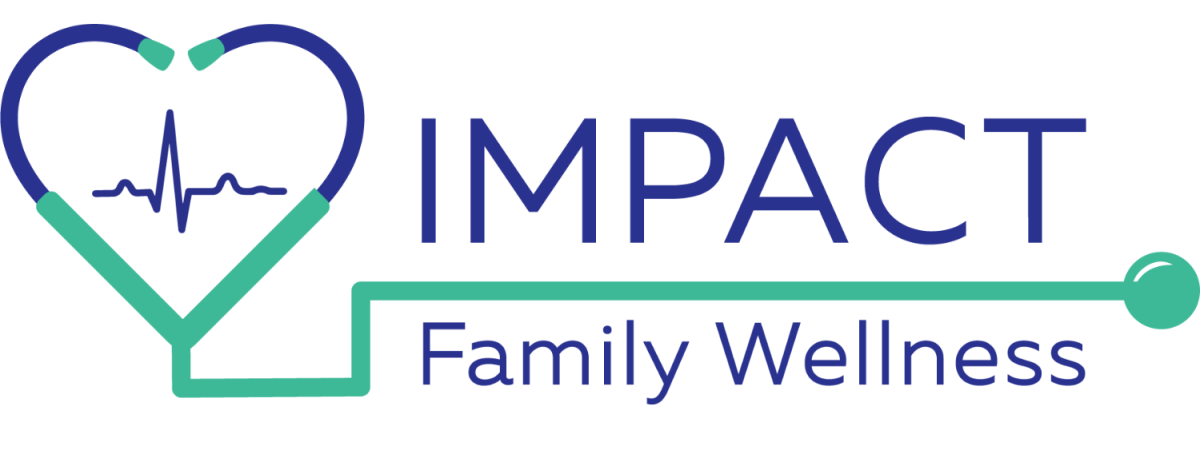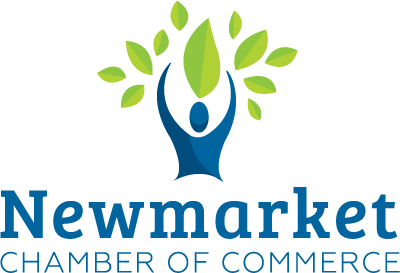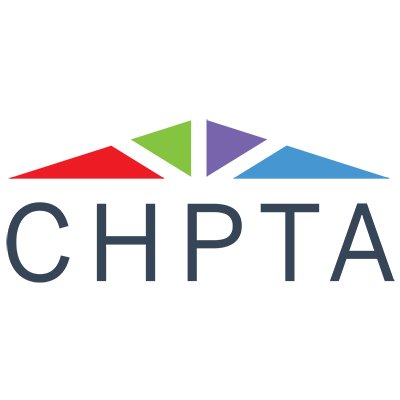
Unpacking SaaS, No. 1: What is Software as a Service (SaaS) and why do businesses need to know?
 You may have seen the acronym SaaS floating around in the past few years. Software as a Service is an incredibly popular model in the modern business world, which many businesses utilize for their daily operations.
You may have seen the acronym SaaS floating around in the past few years. Software as a Service is an incredibly popular model in the modern business world, which many businesses utilize for their daily operations.
If you’re a newer business or a more established enterprise looking to expand your use of software, learning about this model might help you find the perfect tool for your company.
Part one of Schooley Mitchell’s three-part series on SaaS.
Schooley Mitchell has recently expanded to add Software as a Service to our areas of cost reduction specialty. To mark this exciting time, we are publishing a three-part series on SaaS – beginning with today’s article, looking at what it is, and why businesses choose to use it.
What is SaaS?
SaaS, or Software as a Service, is a licensing and delivery model for enterprise software, in which the product is licensed on a subscription basis and centrally hosted. Meaning, you can subscribe and receive a product hosted by the company that owns it, rather than purchasing it outright and hosting it over your own infrastructure.
If you’ve ever heard someone talk about software ‘on-demand’, they are referring to SaaS.
Why is this a preferable option for businesses?
There is a lot of convenience for businesses who employ SaaS. Not only do they avoid licensing issues – such as knowing when to update software or storing the software on their own devices – but SaaS provides secondary advantages as well. These include, but are not limited to:
- Cost effectiveness, including eliminating maintenance costs
- Global compatibility
- Cloud-based solutions
- Quick and seamless integration
- Scalable usage
- Enhanced security
- Patches and updates are rolled out to all users simultaneously and automatically
- Customizable solutions
This industry is quickly growing.
With the rise of remote working and other post-pandemic strategies, SaaS has experienced exponential growth in the past three years.
This includes some of the most popular messaging, email, and video conferencing apps you have certainly made use of since 2020, and likely before. For many companies, allowing their employees to work from personal computers or smartphones kept them afloat during the worst of the pandemic, and cemented SaaS as a necessary part of a company’s operations and disaster recovery plan.
Corporate office settings aren’t the only businesses who have been using SaaS now more than ever. Restaurants, retailers accepting online payments, and healthcare providers offering virtual appointments. This had led to an increasing amount of SaaS providers focusing on making their products mobile compatible via apps.
You know a lot of SaaS providers.
Even without thinking about it, you probably know some of the biggest SaaS providers. Though these are just a few of the companies making waves in the industry, some recognizable brands include:
- Microsoft Corporation
- Salesforce.com, Inc.
- Cisco System, Inc.
- Amazon Web Services, Inc.
- Adobe
So, how does it work?
SaaS is all operational via the cloud. TechTarget describes it like this:
“A software provider will either host the application and related data using its own servers, databases, networking and computing resources, or it may be an ISV that contracts a cloud provider to host the application in the provider’s data center. The application will be accessible to any device with a network connection. SaaS applications are typically accessed via web browsers.”
The provider gives its customer network-based access to a copy of its software that has been specifically created for SaaS distribution.
“The application’s source code is the same for all customers, and when new features or functionalities are released, they are rolled out to all customers,” TechTarget explains.
Then, depending on the agreement between provider and client, the latter’s data may be stored locally, in the cloud, or both.
How is Saas priced?
Because SaaS is cost-effective and often customizable, there are naturally a range of payment plans and options that companies can offer. Here are a few of the models you might come across when working with SaaS providers:
- Flat rates: in which customers are granted access to the software’s full suite of features for a fixed subscription fee, paid monthly or annually.
- Per user: in these cases, the pricing is determined by how many people use the service for each subscription. There is a fixed price for every user. In other cases, a provider might offer user-based tiers, where the price is based on the number of active users.
- Storage tiers: in which customers can use the service for free, but are required to pay for storage if they wish to use the product after they reach a designated limit. Think of Dropbox or Google Drive.
- Usage based: a pay-as-you-go model where customers are billed based on usage.
- Feature based tiers: in which customers are billed based on the amount of features their subscription utilizes.
These are some of the most common pricing models currently on the market, but they are just a handful of the options out there.
In conclusion…
Software as a Service, or SaaS, is a cost-effective, accessible enterprise software delivery model. It has many perks for the subscriber, including customizable solutions and automatic updates. As cloud-based services continue to expand, this model is seeing more and more widespread acceptance among business clients.
Next issue…
In part two of our three-part series on SaaS, we look at paid versus free software subscriptions.



 W
W

 COPA connects, empowers and celebrates their members by providing a host of business support resources, cost-saving programs and networking opportunities. They have been a proud membership community for the nation’s resellers and manufacturers of office products for over 80 years.
COPA connects, empowers and celebrates their members by providing a host of business support resources, cost-saving programs and networking opportunities. They have been a proud membership community for the nation’s resellers and manufacturers of office products for over 80 years.







